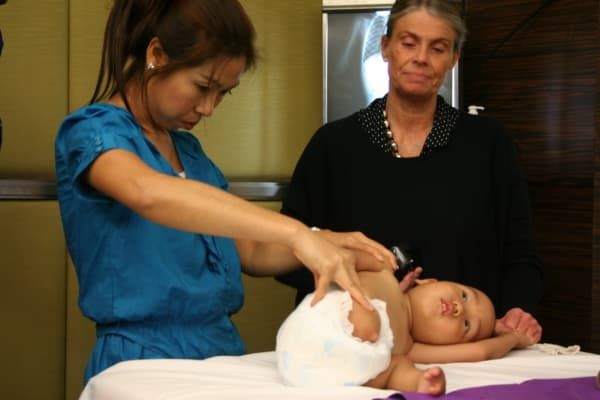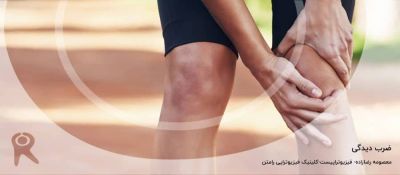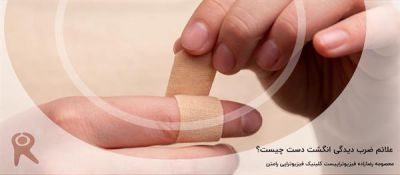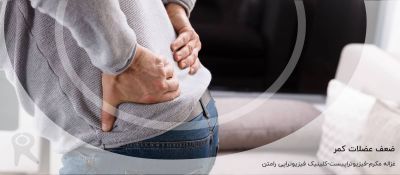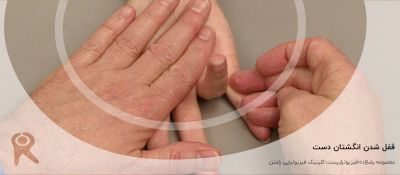What is a Reflex Locomotion?
Reflex is an involuntary movement as a response to external stimuli. Locomotion is defined as an ability to perform a movement from one place to another. In reflex locomotion, there is a coordinated, rhythmic activation of the total skeletal musculature and a CNS response at various circuit levels.
Indication
According to Vojta, this therapy can be applied to the patients of any age group and can be used as standard therapy in physiotherapy for almost every movement disturbance and for numerous illnesses:
- Infantile postural asymmetry,
- Congenital muscular torticollis (“wry neck”),
- Stroke,
- Cerebral palsy,
- Lumbosciatica,
- Hip dysplasia,
- Respiratory distress syndrome (RDS),
- Migraine,
- Peripheral paralysis of the extremities (e.g. plexus paresis, spina bifida, paraplegia, etc.),
- Various myopathies,
- Problems in the breathing, swallowing and chewing functions.
Implementation
The application of 4 Vojta therapies.
Vojta describes 10 different zones that are available to stimulate the motor patterns of reflex locomotion. A light pressure on certain stimulus zone (muscles or bones) and resistance to the current movement is applied to cause patient's involuntary motor response and performance of certain movement patterns.
The Vojta method can be divided into 2 main phases:
- Reflex creeping (lying flat with the chest down and back up)
- Reflex rolling (lying flat with the chest up and back down)
Reflex locomotion is activated from the three main positions:
- prone,
- supine,
- side lying.
Intervention Mechanism
The reflex locomotion elicited by Vojta therapy is associated with specific changes in cortical and subcortical brain activation when compared to the sham treatment.Tactile stimulations on pre-defined zone of body activates central nervous system. If stimulation is given correctly and repeatedly, motor pattern generated are learned by brain and could be executed voluntarily by an individual. Moreover, it can activate vegetative and autonomic reactions such as eye coordination, jaw and tongue movements, bowel and bladder coordination, sucking, swallowing and breathing.
Evidence
There is a lack of high level evidence for justifying the usage and effectiveness of Vojta therapy. Some case reports, controlled and experimental studies are available.
Only one high quality randomized controlled study was found. Research results showed that the statistically significant effect on infantile postural asymmetry was achieved in the Vojta group compared to Neurodevelopmental treatment (Bobath approach, massage). Authors state that the results may be explained by Vojta more intensive muscle activation due to relatively precisely guided movement responses to triggered reflexes.

